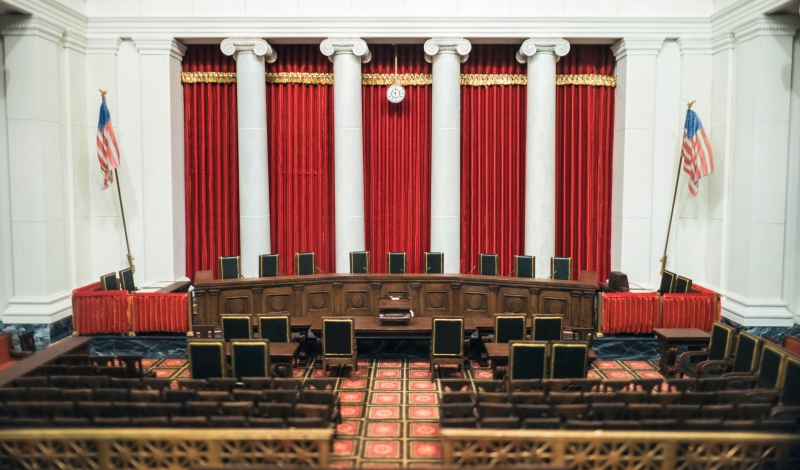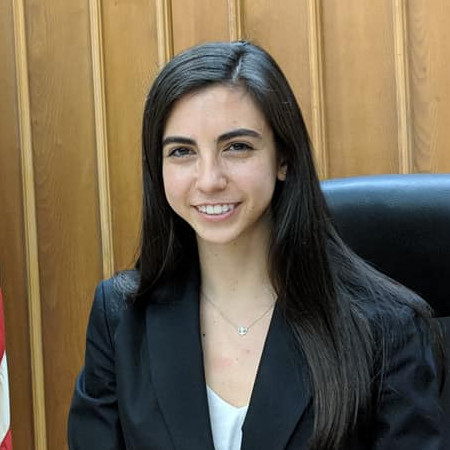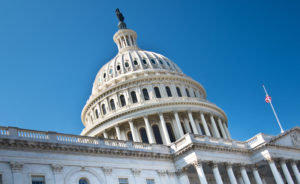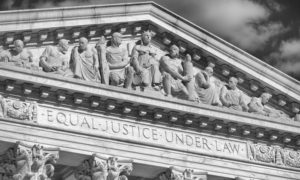
Courts should not rely on the number of public comments to assess the legality of regulations.
The U.S. Supreme Court has rarely invoked the “major questions” doctrine to invalidate agency regulations. But without any regard for the Court’s jurisprudence, the Trump Administration routinely relied on this doctrine in service of its deregulatory assault on the administrative state.
Moreover, the Trump Administration opportunistically relied on arbitrary and irrational metrics—including the number of public comments a rule received—to advance major questions objections against rules it disfavored.
The major questions doctrine originated in two Supreme Court decisions: MCI Telecommunications Corporation v. American Telephone & Telegraph in 1994 and FDA v. Brown & Williamson Tobacco Corporation in 2000. Under the doctrine, the Court expects the U.S. Congress “to speak clearly if it wishes to assign to an agency decisions of vast ‘economic and political significance.’”
The Court has never taken into account the number of public comments a rule received when it has assessed major question concerns. In Brown & Williamson, it noted that the U.S. Food and Drug Administration (FDA) had received more comments on the rule at issue in the case—a rule allowing regulatory jurisdiction over tobacco cigarettes for the first time—than “at any other time in its history on any other subject.” But the Court did not include this fact in its major questions doctrine analysis.
The Trump Administration, however, took a different approach with the Environmental Protection Agency’s issuance of the Clean Power Plan, a law regulating greenhouse gas emissions of existing power plants. The Administration argued that 4.3 million comments was evidence of “political significance” and therefore the case raised major questions concerns.
The Trump Administration’s use of public comments as a metric to determine major questions suffers a host of indefensible implications.
First, large numbers of comments are increasingly common in modern, complex rulemakings. In 2017, for example, the Federal Communications Commission’s (FCC) net neutrality rule received nearly 24 million comments. There, the Trump Administration staunchly defended the net neutrality rule even though it had received six times more comments than the Clean Power Plan.
Second, and more importantly, relying on the number of comments to determine the legality of a regulation is unjustifiable given the pervasiveness of mass, fraudulent, and computer-generated comments. These abuses have been thoroughly documented, and the Trump Administration was well aware of them.
For example, under Republican leadership, the U.S. Senate Committee on Homeland Security and Government Affairs brought widespread abuses in public commenting to light in a report published in October 2019—nearly a year before the Trump Administration filed its brief defending the repeal of the Clean Power Plan.
The FCC’s net neutrality rule exemplified the scale at which mass, fraudulent, and computer-generated comments dominate the public comment process. Letitia James, the Attorney General of New York, investigated the net neutrality rule and found that 9.3 million comments were submitted under false identities. A single individual submitted over 7.7 million of these false comments.
The New York Attorney General’s investigation also revealed that the largest broadband companies in the country had worked together to fund a campaign that generated over 8.5 million comments. Internal industry documents showed that the campaign was “intended to create the appearance of widespread grassroots opposition to existing net neutrality rules,” which would “provide ‘cover’ for the FCC’s proposed repeal.” Budget documents showed that these companies spent $4.2 million to execute their campaign.
These companies ran this campaign by recruiting advocacy groups skeptical of regulation to serve as the campaign’s public face. Before the campaign, these advocacy groups had no relation to the broadband business.
Given the widespread abuse of mass, fraudulent, and computer-generated comments, it is simply untenable for the Trump Administration to argue that the number of comments a rule receives is indicative of “political significance” and instructive for major questions purposes. Hinging the legality of a regulation to the number of comments it receives creates perverse incentives for advocacy organizations and troubling implications for litigation.
Advocacy organizations already use mass comment campaigns to advance goals distinct from influencing an agency’s decision-making. These goals include calling public attention to a rulemaking or increasing public participation among their members.
Advocacy organizations also pursue more nefarious goals. As the New York Attorney General’s investigation revealed, industry groups fund mass, fraudulent, and computer-generated comments to create an excuse for agency actions. If the Supreme Court were to adopt the Trump Administration’s standard, advocacy organizations would be further motivated to launch public comment campaigns against any rule they disfavored.
It is bad enough that industry groups pay large amounts of money to obstruct the public comment process. It would be far worse if industry groups could get regulations struck down on “major questions” grounds due to this funding. Such a standard would further compound the abuses that already plague the public comment process.
Adopting the Trump Administration’s approach would lead to even more absurd consequences. Organizations that disfavor a rule could get the rule struck down simply by pumping out as many comments as possible. It would not matter whether the substance of the comment was strong, unique, or relevant.
Under this approach, advocacy organizations could even submit comments that advance a view they oppose. And it would not matter whether the comments were written by real people, or whether they were fraudulent or computer-generated. Under the Trump Administration’s formulation, only the sheer number of comments would matter to the process.
During the Clean Power Plan litigation, the Trump Administration argued that the number of comments raised a major questions problem. The Administration did not view the substance or authenticity of these comments as relevant to its argument. But it is clear that, given the pervasiveness of mass, fraudulent, and computer-generated comments, and industry use of comment campaigns, the number of comments a rulemaking receives cannot be a legitimate indicator of a major questions concern.
The Trump Administration’s decision to argue otherwise is untenable. Nonetheless, state attorneys general and other influential litigants continue to advance the Administration’s major questions arguments. Courts across the country must reject any reliance on the number of public comments to assess the legality of regulations.





